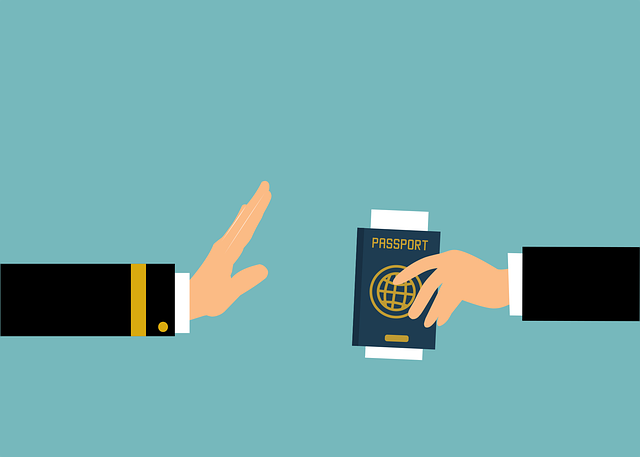What Happens If Your Visa Application Is Rejected?

Having a visa application rejected can be disappointing and stressful, especially if you were counting on traveling, working, or studying abroad. However, a rejection doesn’t necessarily mean the end of your plans. Understanding why your application was denied, your options for appeal or reapplication, and how to avoid common mistakes in the future is crucial. Here’s a step-by-step guide on what happens after a visa rejection and how to handle it effectively.
1. Understand Why Your Visa Was Rejected
The first step after receiving a rejection is to determine the reason behind it. Most countries provide a written explanation or notification outlining the grounds for denial. Common reasons include:
- Incomplete Documentation: Missing or incorrect paperwork.
- Insufficient Financial Proof: Failure to demonstrate adequate funds to support yourself during your stay.
- Ineligibility: Not meeting the specific requirements of the visa category (e.g., student, work, tourist).
- Criminal Record: Past convictions or immigration violations.
- Misrepresentation: Providing false information or fraudulent documents.
- Overstaying Previous Visas: A history of overstaying visas in the same country or others.
- Security Concerns: Issues related to background checks or political instability in your home country.
Carefully review the rejection letter to identify the exact issue so you can address it moving forward.
2. Check If You Can Appeal the Decision
Some countries allow applicants to appeal a visa rejection. The process varies depending on the country and type of visa but typically involves submitting additional evidence or attending a hearing to argue your case.
Steps to Appeal:
- Review Appeal Guidelines: Check the embassy or consulate’s website for instructions on appealing a decision.
- Gather Supporting Documents: Collect any missing or updated documents that strengthen your case.
- Submit Within Deadlines: Appeals often have strict deadlines, so act quickly.
- Hire Legal Assistance (Optional): In complex cases, consulting an immigration lawyer may improve your chances.
Keep in mind that not all visa types are eligible for appeals, and success rates vary.
3. Consider Reapplying
If an appeal isn’t possible—or if your appeal is unsuccessful—you can usually reapply for the same visa. However, before doing so, ensure you’ve addressed the issues that led to the initial rejection.
Tips for Reapplication:
- Fix Errors: Correct any mistakes in your original application, such as incomplete forms or outdated documents.
- Provide Additional Evidence: Include new supporting materials, like bank statements, employment letters, or sponsorship details.
- Wait Before Reapplying: Some countries require a waiting period before you can submit another application.
- Choose a Different Visa Category (If Applicable): If your circumstances have changed, consider applying under a different visa type.
Reapplying without addressing the root cause of the rejection will likely result in another denial.
4. Seek Professional Help
Navigating visa applications and appeals can be complicated, especially if you’re unfamiliar with the process. Hiring an immigration consultant or attorney can help you understand the legal requirements and present a stronger case.
When to Consult a Professional:
- You’ve been rejected multiple times.
- The rejection involves complex legal issues (e.g., criminal records or misrepresentation).
- You need guidance on gathering proper documentation.
While hiring professionals comes at a cost, their expertise can save time and increase your chances of approval.
5. Explore Alternative Options
If your visa application continues to face challenges, consider alternative pathways to achieve your goals:
- Apply for a Different Country: If one country consistently denies your visa, explore opportunities elsewhere.
- Visit Neighboring Countries First: Sometimes building a travel history through other nations can improve your credibility when reapplying.
- Change Your Purpose of Travel: For example, switch from a tourist visa to a business or educational visa if applicable.
6. Learn From the Experience
A visa rejection can feel disheartening, but it’s also an opportunity to learn and grow. Use this experience to improve your approach for future applications.
How to Avoid Future Rejections:
- Double-Check Requirements: Ensure you meet all eligibility criteria before applying. a
- Be Honest and Accurate: Never falsify information or omit important details.
- Prepare Strong Documentation: Provide comprehensive and up-to-date evidence to support your application.
- Follow Instructions Carefully: Pay close attention to formatting, deadlines, and submission methods.
7. Emotional Impact and Next Steps
Dealing with a visa rejection can take an emotional toll, particularly if it disrupts significant life plans. It’s important to stay positive and focused on finding solutions. Surround yourself with supportive friends or family members who can offer encouragement during this time.



